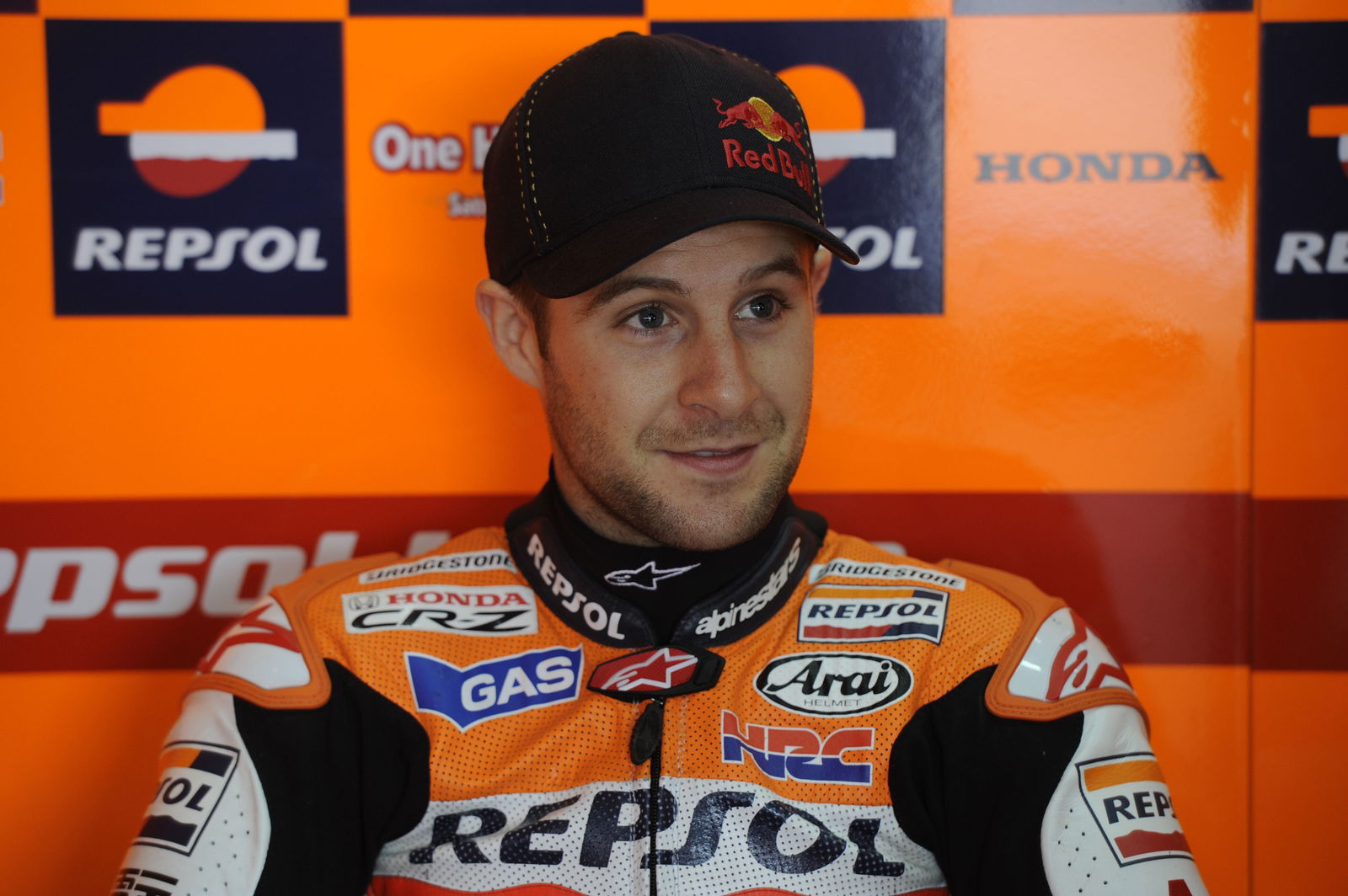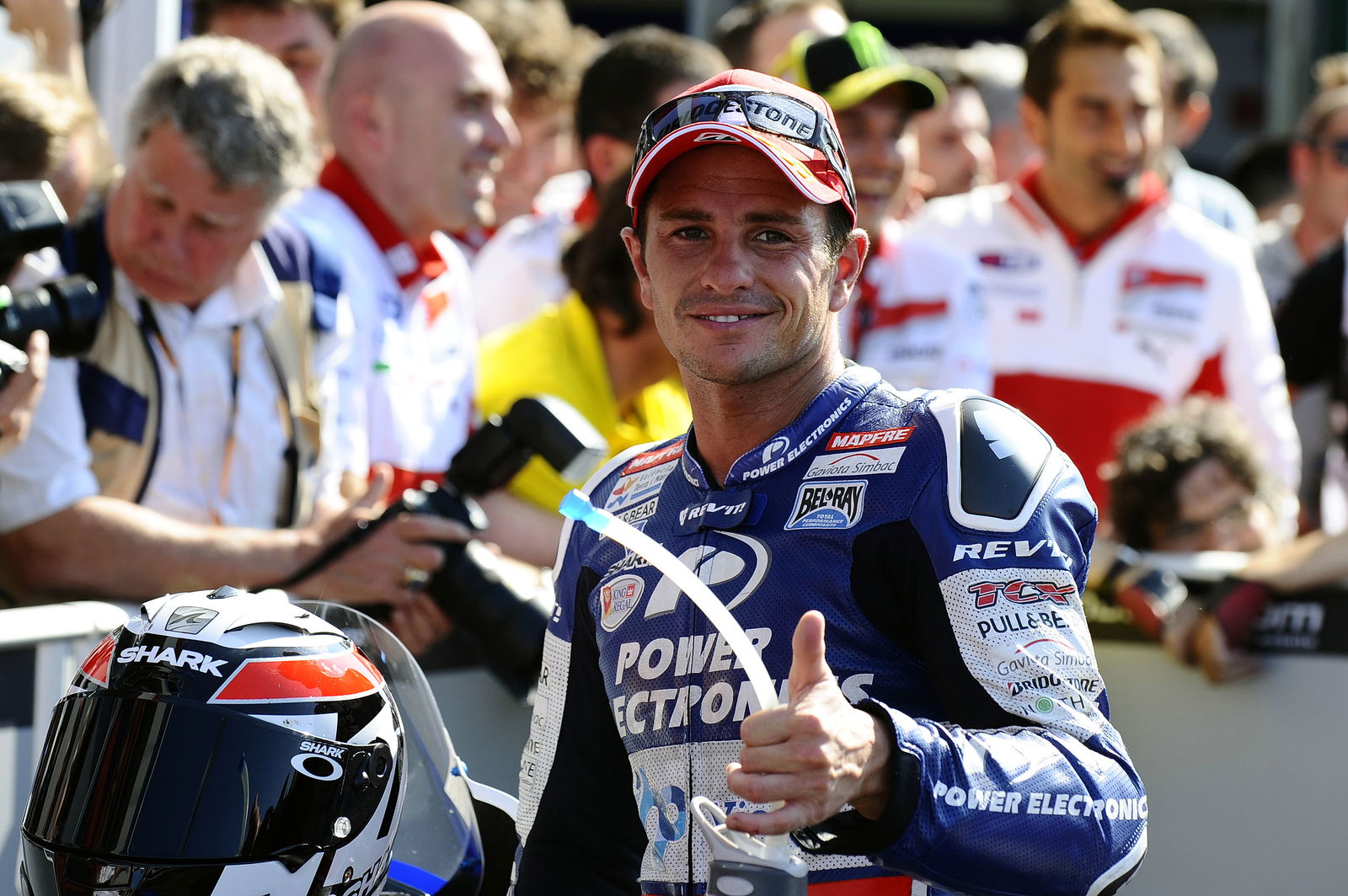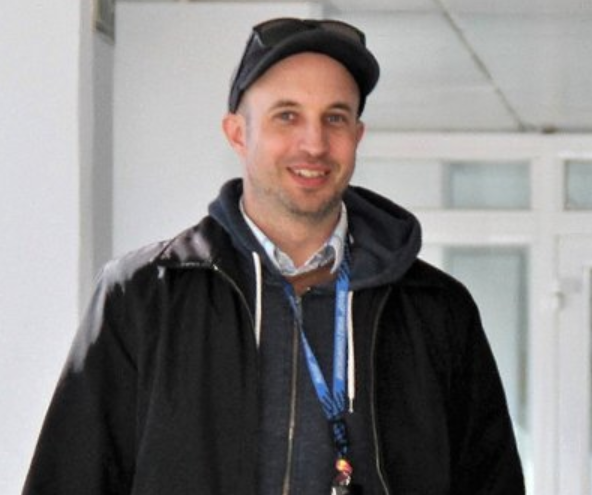MotoGP Feature: Ride The Lightning

Red Bull has offered Crash.net this exclusive extract from a forthcoming MotoGP feature to be published in the next edition of its 'Red Bulletin' magazine...
Words Nicolas Stecher
MotoGP is the third-largest televised sport in the world after football and Formula One. Nearly one billion people tune in to watch every race. It is the fastest sport on two wheels and the most perilous. At the Red Bull US Grand Prix at Laguna Seca, California, riders, fans and followers explain why MotoGP is so beguiling.
Mobs of MotoGP fans froth in a sea of bright shorts and ubiquitous Oakley sunglasses. The sun is beaming down on the wide open expanse of black asphalt at the heart the track, bathing everything in a hot, white light and casting sharp, dark angles everywhere. Exposed flesh is reddened by the scorn of the California sun.
Across the small foothills that surround Laguna Seca and separate it from Monterey, a thick fog blankets the city's residents, keeping them cool. There is no such mercy here, only the scorching breath of a hot wind to abate the heat.
Pushing through the sweaty din of the pitlane, a small army of guards lining the entrances to the private garages offers a moment's respite. The security is tight, as if approaching the hangar to Air Force One; interlopers are not only unwelcome, but looked upon with the suspicion of corporate spies. Given the rumoured EUR25 million annual budget of each factory team, this seems appropriate.
After badges are waved and security is cleared, the dark entrance of a garage greets you with a blast of industrial-strength air conditioning. It is not just a shift in temperature, but a shift in time and space. As loud and chaotic as it is out in the paddock, inside the garages it is starkly quiet, eerily calm. All preparation, all engineering, is complete. Now there is time for only one thing: to take these thoroughbred bikes out on the practice track and test their mettle.
In the corner of this garage for the LCR Honda team, rider Stefan Bradl sits huddled over, listening to his chief engineer repeat directions to him in a calm and measured voice. The German rider has the hyper-focused look of a prizefighter, nodding his head absentmindedly with a thousand-yard stare on his face.
If an engineer approached to hand him boxing gloves and a gumshield it wouldn't seem the least bit inappropriate. Sure he's listening, but it's clear a single focus is congealing in his mind, making any new suggestions superfluous.
One by one, engines begin sparking to life in garages all around. The ambient volume rises from football game car park to opening-band riffage. A vacuum cleaner-like starter is rolled from the edge of the garage and placed under the rear wheel of Bradl's bike. Airport-strength earmuffs are passed around. Bradl stands, fits the helmet over his head and throws a leg over the bike.
The starter flies into motion, turning the rear wheel as the prototype Honda roars to life. The sound in the garage explodes from opening- band riffage to 747 fly-by. Even at 50 per cent speed, the wail emanating from these silencer-less, hand-built, million-dollar engines is enough to pop your eardrums. They pull the starter from under the tyre, and with a chirp Bradl zips out of the gate to join his fellow Grand Prix riders on the morning laps.
Laguna Seca has come to life for the biggest MotoGP weekend on the calendar in America.
"I love Laguna Seca," says current MotoGP World Champion Casey Stoner in his thick Australian accent. "I like it when we can get overseas. We have so many races in Europe, in the same countries, that you don't really get a big broad spectrum of people and different cultures, so coming to the US is a little bit more like home. The track is very technical, tricky. I like the ups and downs to it, but it could have a longer straight, or a couple of faster corners would be good. But it's so unique that it's got its own personality, and I enjoy riding every lap."
No conversation about the current state of MotoGP can begin without talk of the complex, polarising, controversial, outspoken, diminutive rider from Down Under. The elfin frame of Stoner betrays a monolith of stature, and it would be very easy to imagine the reigning and two-time World Champion (2007, 2011) as the idolised face of the sport. Yet he also defines its present shortcomings.
Things are not idyllic in the Kingdom of MotoGP, as the global economic downturn has caused an across-the-board decline in sponsorship money. In apex motorsports like MotoGP and its four-wheel equivalent Formula One, which subsist on being the most technological, and highest-performing of all, the cost of racing has become so high that the sports' respective governing bodies are struggling to fill their starting grids.
As technical costs skyrocket and sponsorship money evaporates, teams are dropping out of MotoGP's top class. For the first time ever, MotoGP is allowing non-prototype CRT (Claiming Rule Teams) bikes, which are not only considerably lower in cost, but also in performance.
Unfortunately for Stoner, and many of the factory riders, the solutions provided have proved to be more frustrating than they're worth. On May 17, before the French Grand Prix, the current champion shocked the racing world when he announced his retirement at the end of this season. For a 26-year-old in his prime the move was unheard of, and caused a shockwave of reaction.
For while there is no question about the virtuosity of Stoner, his charisma and popular stature are not so cemented. He has been dubbed 'the Alien' by some, as much for his otherworldly riding talent as his chilly approachability. But after his retirement announcement, Stoner has become somewhat of a new man. He seems liberated, free, beholden to no one, and he's letting his words fly.
"There's going to be a few riders that I'm going to miss, but I'll probably catch up with them away from the track anyway," he says. "I'm sure I'll visit a couple of the races here and there. Make sure they're really cold, miserable races, and I'll be sitting there with a nice hot chocolate or coffee or something, and be laughing at them freezing their butts off!
"I mean, I'm not retiring from life, I'm not 60 or 70 years old. I've still got a lot of challenges ahead, a lot of life. There's a very good chance I could end up racing V8 [cars] in Australia."
Visit www.redbulletin.com to read the full feature and to download the Red Bulletin iPad app for free, for more sports, culture and lifestyle content.
Ends.


